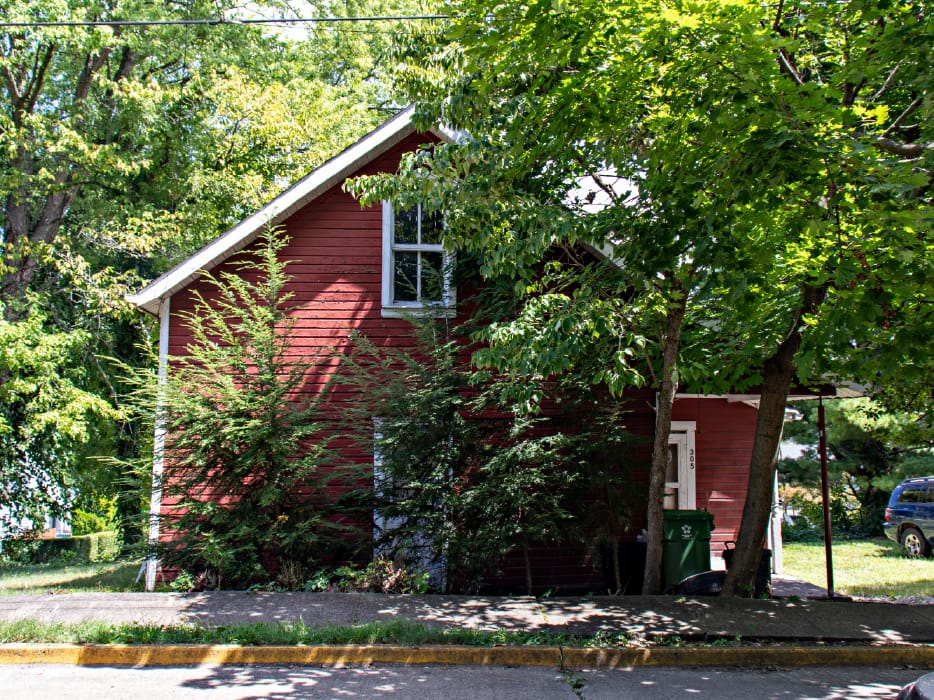
Kerns Fort
Michael Kerns and his wife Susan Kerns settled in what is now Morgantown in 1774. Kern made his way from Holland, met his wife in Pennsylvania and then acquired a 600 acre parcel of land that included all of present day Greenmont and most of the 5th Ward. When the Kerns constructed their cabin the area was virtually unpopulated and the landscape was densely forested. Only one other settler was known to be in the area at this time and that was Isaac Lemaster who had built himself cabin in 1772. Lemaster's cabin was later purchased in 1774 by Zackwill Morgan, the officially recognized settler of Morgantown. However, it appears that both men were in the area at the same time which leaves argument that Kerns may indeed have been the first settler of the town.


In 1774 Lord Dunmore's War had commenced as the colony of Virginia declared war on the Mingo and Shawnee tribes. Kerns, being in the midst of the conflict, erected Kerns Fort for protection from potential native tribal attacks by the Delawares and the Mingoes. According to Kerns, the fort had everything necessary for survival; a high vantage point, a spring, trees and the mouth of fast running creek nearby. The fort was stockaded and was among the largest forts in the county. It served as a rallying ground for the entire west side in times of danger.
The fort is believed to have extended from Dewey and Arch Street, down to the Hogback turn and over to Lyndhurst Street. In 1178 during the period of conflict with the Indians, two white settlers from neighboring Fort Cobun were attacked and killed. The bodies of the two men were brought on pikes to Kerns Fort. Their hands and feet were bound and pikes were run through the corpses. The fort was deemed necessary until the end of the early 1790s with the last Indian raid occurring in 1791.
Kerns fort was not only used for protection from the natives however. During times of peace, Kerns was known to invite members of the native tribes into the fort for friendly visits. Both members of the Mingo and the Delaware are said to have visited during hunting excursions and for friendship. Unfortunately, one well known Indian chief, Chief Bald Eagle, who was a friend of Kerns, was murdered by two white settlers on his way to Kerns house. Fear of Indian attacks persisted and the period of conflict only ended when General Wayne's Treaty was signed in 1795.


The fort was also said to contain a cemetery for Revolutionary soldiers and their families. Kerns himself is reported to have been buried there but the sandstone tombstones were apparently tore up when the area was developed for the fairgrounds in the 1860s. The only remaining structure of the fort today is the log home located at 305 Dewey Street. The home which is currently a rental is made of hand hewn chestnut logs. The exterior is covered with clapboard but the interior of the home consists of exposed logs. Towards the rear of the house, facing Elmina Street two square portholes can be found notched in the logs. These portholes were used to position muskets in order to fend against advancing enemies. Kerns Fort was added to the National Historic Registry in 1993. It serves as Morgantown's oldest log structure and very first fortification for the Morgantown area.




